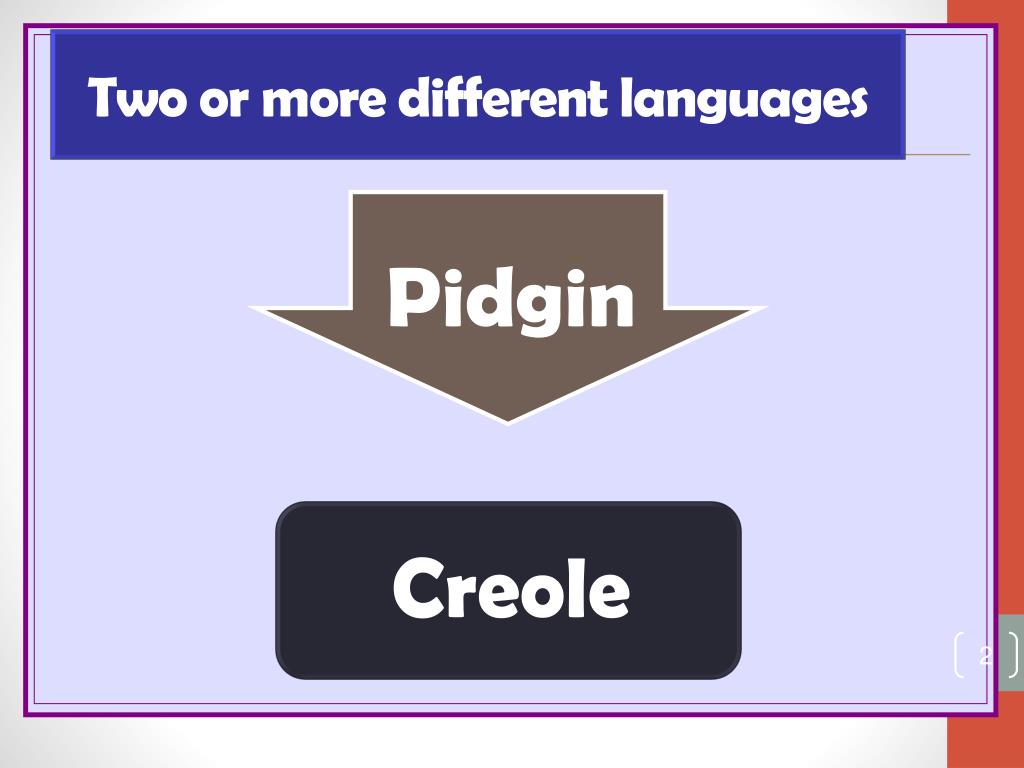

I reported extensively on the disputes over Pidgin and its role in classrooms when I was an education journalist in Hawaii, where I’m from. And it indicates that, elsewhere in the country, the speakers of comparable linguistic systems-from African American Vernacular English, or ebonics, to Chicano English-may even see similar changes one day, too.

It reinforces a long, grassroots effort by linguists and cultural practitioners to institutionalize and celebrate the language-to encourage educators to integrate it into their teaching, potentially elevating the achievement of Pidgin-speaking students. It shows that the federal government acknowledges the legitimacy of a tongue widely stigmatized, even among locals who dabble in it, as a crass dialect reserved for the uneducated lower classes and informal settings. The significance of the gesture is symbolic, and it extends far beyond those who are from Hawaii and/or those who speak Hawaiian Pidgin. (Roughly 1,600 of the 327,000 bilingual survey respondents said they speak it, while other sources-albeit imperfect ones-have suggested that as many as half of the state’s population of 1.4 million does.) So why was I reverberating with a sense of, to borrow a Pidgin phrase, chee hu!? “Oh really?!” the colleague responded, surprised at my excitement.Īfter all, how could a seemingly silly decision to include the local, slang-sounding vernacular on a language survey listing more than 100 other options cause so much delight? It’s not like the five-year American Community Survey gleaned accurate data on how many people in Hawaii actually speak Pidgin at home. Census Bureau now recognizes Hawaiian Pidgin English as a language.

“You don’t know how happy this makes me,” I wrote a colleague after she casually sent me a link to a recent news story reporting that the U.S.


 0 kommentar(er)
0 kommentar(er)
